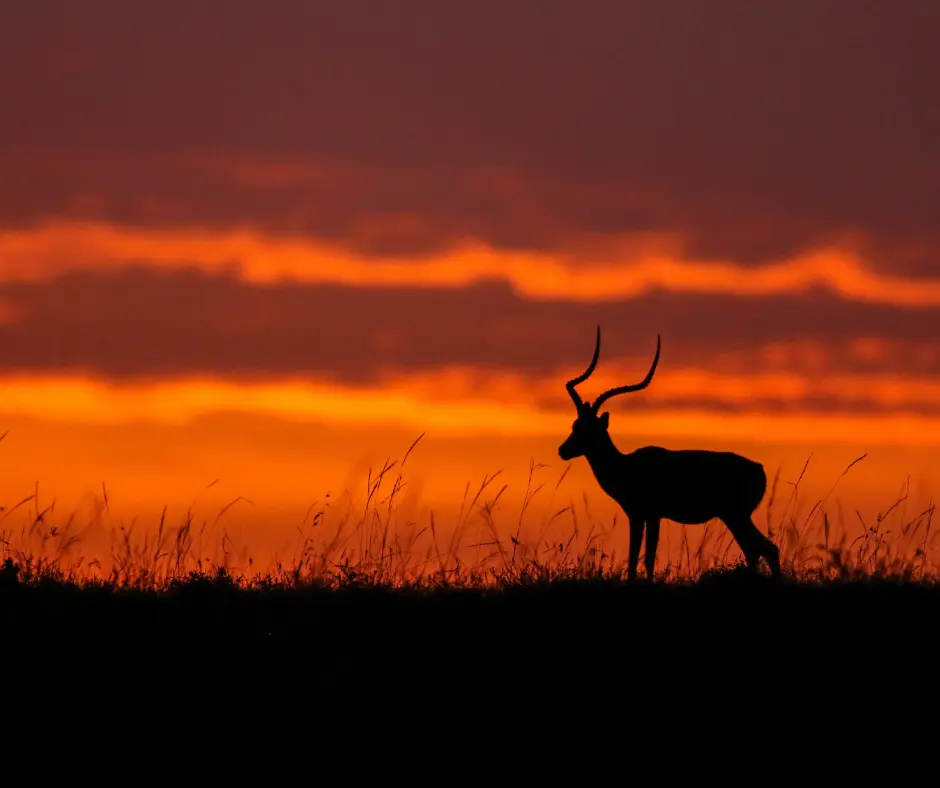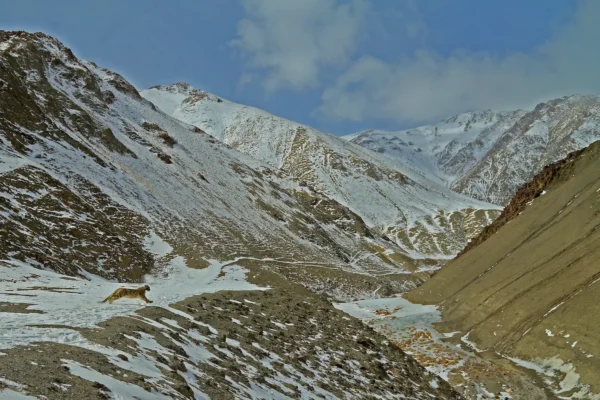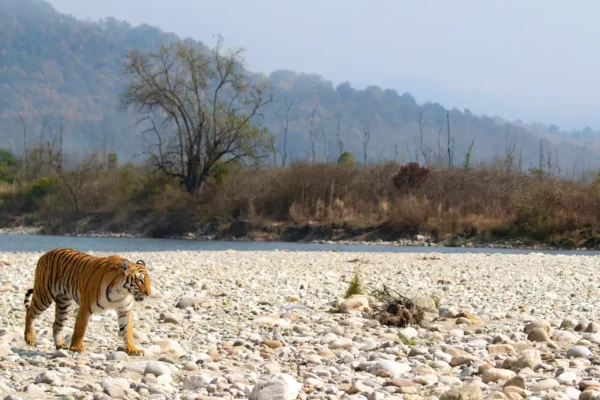Masai Mara Safari Essentials: The Best Time to Visit for the Wildebee
Embarking on a Masai Mara safari is a dream for many wildlife enthusiasts. Nestled in the heart of Kenya’s African safari experience, the Masai Mara National Reserve is renowned for its breathtaking landscapes, diverse wildlife, and, most notably, the Great Wildebeest Migration—one of the most spectacular natural events in the world. If you’re planning your trip, timing is everything. Here’s a guide to help you choose the perfect season for an unforgettable adventure.
Understanding the Wildebeest Migration

The Great Wildebeest Migration is an annual movement of over 1.5 million wildebeest, accompanied by zebras and gazelles, across the Serengeti-Masai Mara ecosystem. This journey is driven by rainfall patterns, as the animals search for fresh grazing lands. The migration cycle begins in Tanzania’s Serengeti and moves into Kenya’s Masai Mara, usually between July and October. This is the best time to witness dramatic river crossings, predator-prey interactions, and vast herds spread across the golden savannah.
Best Time to Visit Masai Mara for the Migration
July to October: Peak Migration Season
✔ Why Visit? This is the most thrilling time to experience the migration, especially the Mara River crossings, where thousands of wildebeest brave strong currents and lurking crocodiles. It’s also prime time for predator action, as lions, cheetahs, and hyenas take advantage of the abundance of prey.
✔ What to Expect? Expect large crowds, higher accommodation rates, and fully booked safari lodges and camps. Booking in advance is highly recommended.
November to February: The Calving Season
✔ Why Visit? While most of the herds move back to the Serengeti, Masai Mara still offers exceptional wildlife sightings. The calving season (January to February) in the Serengeti also attracts predators, leading to dramatic chases and hunts.
✔ What to Expect? Fewer tourists, lower prices, and a more tranquil safari experience with lush green landscapes after the short rains.
March to June: Low Season & Green Season
✔ Why Visit? This is the least crowded time, offering lower rates for accommodation and a peaceful experience. The landscape is lush and green after the long rains, making it a photographer’s paradise.
✔ What to Expect? The migration is in the Serengeti, but resident wildlife in Masai Mara, including the Big Five (lion, elephant, leopard, buffalo, and rhino), still provides excellent game viewing.
Essential Safari Tips

✔ Book Early – If traveling between July and October, secure your lodges and flights in advance. ✔ Choose the Right Safari – Options include luxury lodges, mid-range tented camps, or budget-friendly safari tours. Guided game drives with experienced rangers enhance the experience. ✔ Pack Smart – Lightweight clothing, a good camera, binoculars, insect repellent, and a sturdy hat are essentials. ✔ Respect Wildlife – Maintain a safe distance and follow the park’s ethical guidelines to ensure a responsible safari experience.
Final Thoughts
A Masai Mara tour is an adventure of a lifetime, offering unparalleled wildlife encounters and the chance to witness nature’s most dramatic spectacle. Whether you visit during the heart-pounding migration crossings or the serene green season, Masai Mara will leave you with unforgettable memories. Plan wisely, book ahead, and get ready to explore the wonders of Kenya’s African safari!





